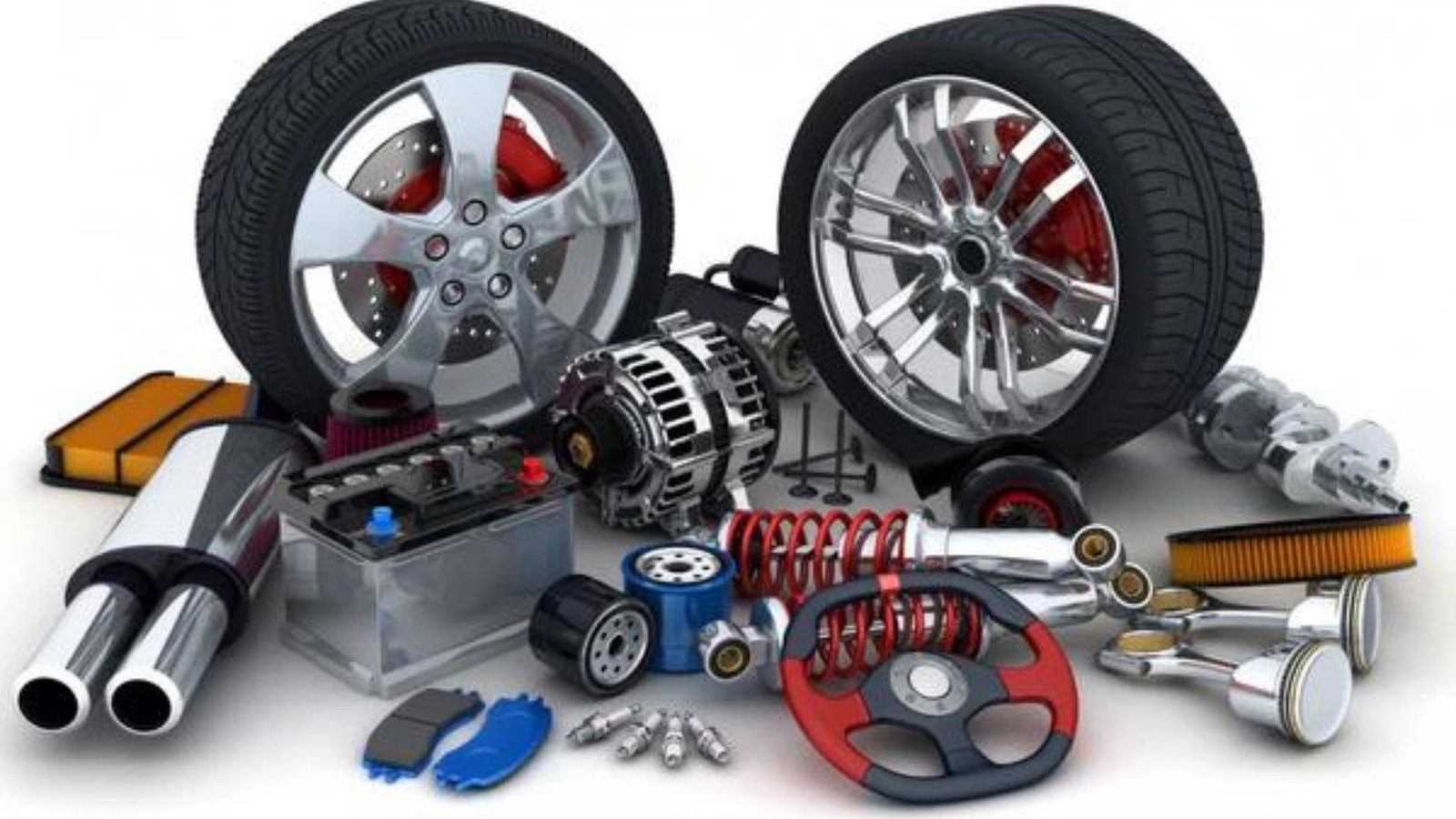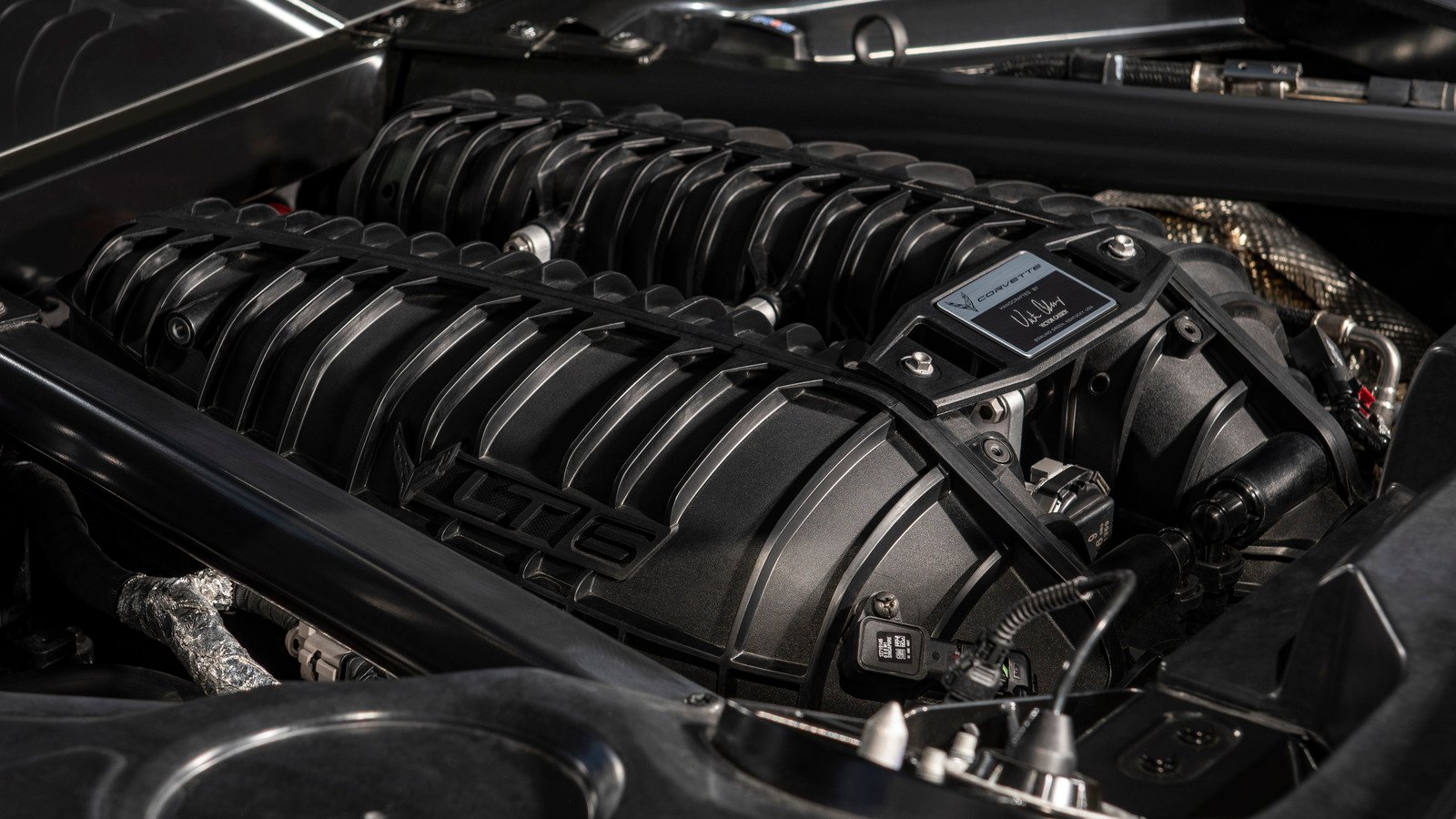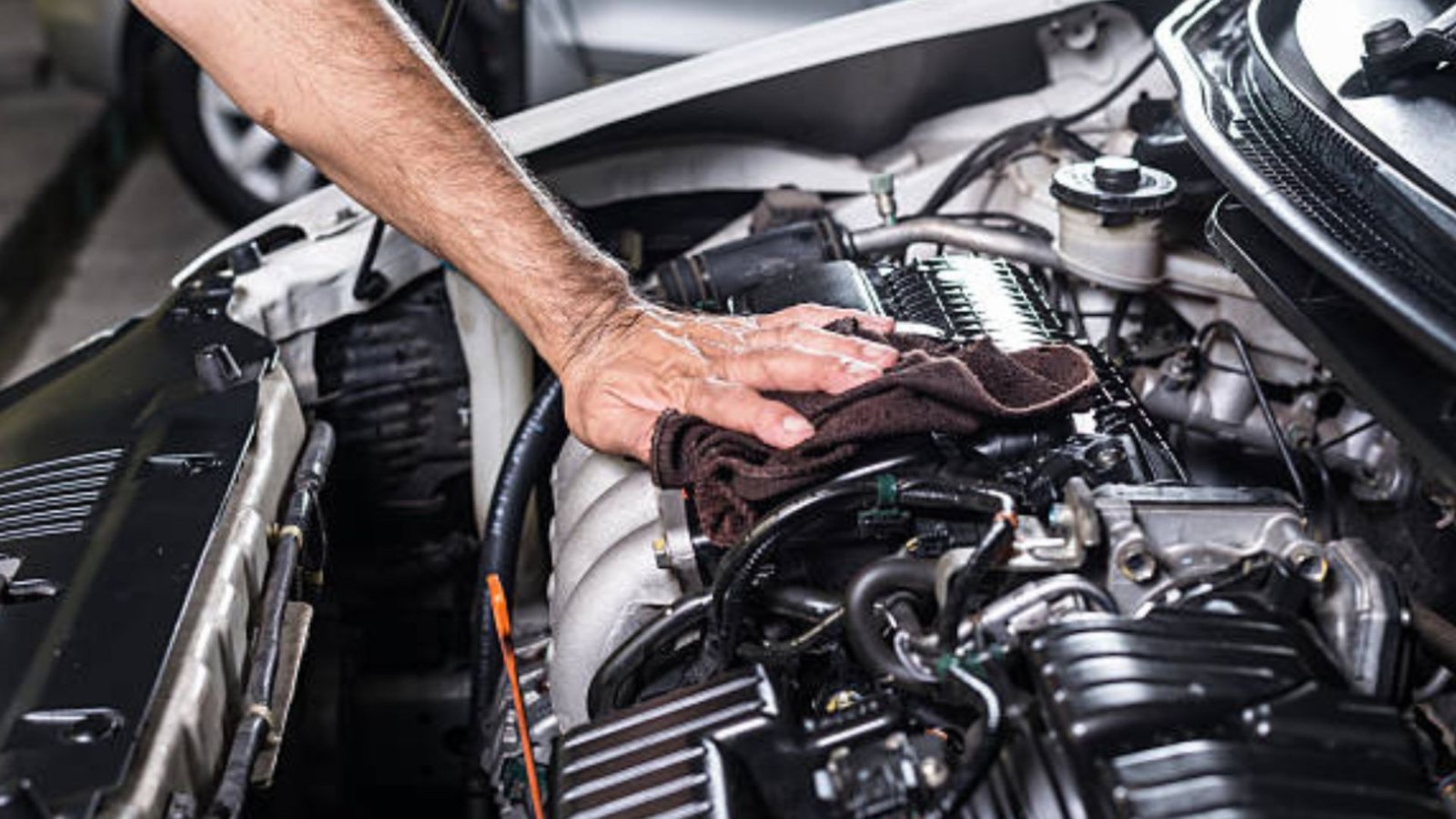Understanding the essential car parts that keep your vehicle running smoothly is crucial for every driver. These components play vital roles in ensuring your car’s performance, safety, and reliability. Here’s a guide to the key car parts you should be familiar with and their importance.

1. Engine
1.1 Core Component
Overview: The engine is the heart of your vehicle, converting fuel into mechanical power to move the car.
Key Parts:
- Cylinder Block: Houses the cylinders where fuel and air mix and burn.
- Pistons: Move up and down inside the cylinders to create power.
- Crankshaft: Converts the pistons’ up-and-down motion into rotational motion.
Importance:
- Power Generation: Provides the power needed to drive your vehicle.
- Performance: A well-maintained engine ensures smooth operation and efficient performance.
1.2 Maintenance
Overview: Regular maintenance is essential to keep your engine in good condition.
Key Practices:
- Oil Changes: Keep the engine lubricated and reduce wear.
- Filter Replacements: Ensure clean air and fuel flow to the engine.
Benefits:
- Longevity: Extends the life of your engine.
- Efficiency: Maintains optimal performance and fuel efficiency.
2. Transmission
2.1 Power Transfer
Overview: The transmission transfers power from the engine to the wheels, allowing the vehicle to change speeds.
Types:
- Automatic Transmission: Shifts gears automatically based on speed and load.
- Manual Transmission: Requires the driver to manually shift gears using a clutch.
Importance:
- Driving Experience: A smooth transmission ensures comfortable and efficient driving.
- Gear Control: Provides the necessary power for different driving conditions.
2.2 Maintenance
Overview: Proper transmission maintenance helps avoid costly repairs and ensures smooth operation.
Key Practices:
- Fluid Checks: Regularly check and replace transmission fluid.
- Gear Inspection: Ensure gears are shifting properly.
Benefits:
- Reliability: Reduces the risk of transmission failure.
- Performance: Ensures smooth and efficient gear changes.
3. Brakes
3.1 Safety Component
Overview: Brakes are crucial for stopping your vehicle safely and effectively.
Key Parts:
- Brake Pads: Press against the brake discs to create friction and slow the car.
- Brake Discs: Rotating discs that work with brake pads to stop the vehicle.
- Brake Fluid: Transfers force from the brake pedal to the brake components.
Importance:
- Safety: Effective brakes are essential for safe driving and stopping.
- Control: Provides control over your vehicle’s speed and stopping power.
3.2 Maintenance
Overview: Regular brake maintenance ensures optimal performance and safety.
Key Practices:
- Pad Replacement: Replace brake pads when they become worn.
- Fluid Checks: Regularly check and top up brake fluid.
Benefits:
- Safety: Reduces the risk of brake failure.
- Performance: Ensures effective and responsive braking.
4. Battery
4.1 Power Source
Overview: The battery provides the electrical power needed to start your car and run electrical systems.
Key Parts:
- Terminals: Connect the battery to the vehicle’s electrical system.
- Cells: Store and supply electrical energy.
Importance:
- Starting Power: Provides the initial power to start the engine.
- Electrical Systems: Powers accessories like lights, radio, and air conditioning.
4.2 Maintenance
Overview: Proper battery maintenance can prevent starting issues and ensure reliability.
Key Practices:
- Charge Checks: Regularly check the battery charge and condition.
- Cleaning Terminals: Keep battery terminals clean to ensure good contact.
Benefits:
- Reliability: Reduces the risk of battery failure.
- Performance: Ensures consistent starting power and electrical performance.
5. Suspension System
5.1 Ride Quality
Overview: The suspension system supports the vehicle’s weight and provides a smooth ride by absorbing shocks.
Key Parts:
- Shock Absorbers: Control the movement of the vehicle’s springs and prevent excessive bouncing.
- Struts: Support the vehicle’s weight and contribute to steering control.
- Springs: Absorb and dampen shocks from the road.
Importance:
- Comfort: Provides a smoother and more comfortable ride.
- Handling: Enhances vehicle control and stability.
5.2 Maintenance
Overview: Maintaining the suspension system is essential for ride quality and safety.
Key Practices:
- Inspection: Regularly check for wear and damage to suspension components.
- Alignment: Ensure proper wheel alignment to prevent uneven tire wear.
Benefits:
- Comfort: Ensures a smooth and comfortable driving experience.
- Safety: Maintains vehicle stability and handling.
6. Cooling System
6.1 Temperature Control
Overview: The cooling system regulates the engine temperature to prevent overheating.
Key Parts:
- Radiator: Disperses heat from the coolant to the air.
- Coolant: Circulates through the engine and radiator to absorb and release heat.
- Thermostat: Regulates the flow of coolant to maintain optimal engine temperature.
Importance:
- Prevent Overheating: Keeps the engine at a safe operating temperature.
- Performance: Ensures the engine runs efficiently and reliably.
6.2 Maintenance
Overview: Regular maintenance of the cooling system helps avoid engine overheating and damage.
Key Practices:
- Coolant Levels: Regularly check and top up coolant levels.
- Radiator Flushing: Periodically flush the radiator to remove debris and build-up.
Benefits:
- Longevity: Extends the life of the engine by preventing overheating.
- Reliability: Ensures consistent engine performance and prevents breakdowns.
Conclusion
Understanding and maintaining essential car parts is key to ensuring your vehicle runs smoothly and reliably. From the engine and transmission to the brakes and cooling system, each component plays a critical role in your car’s performance and safety. Regular maintenance and timely repairs of these essential parts not only enhance your driving experience but also help avoid costly issues and extend the life of your vehicle. By staying informed and proactive about these critical components, you can keep your car in top condition and enjoy safe, efficient driving.




